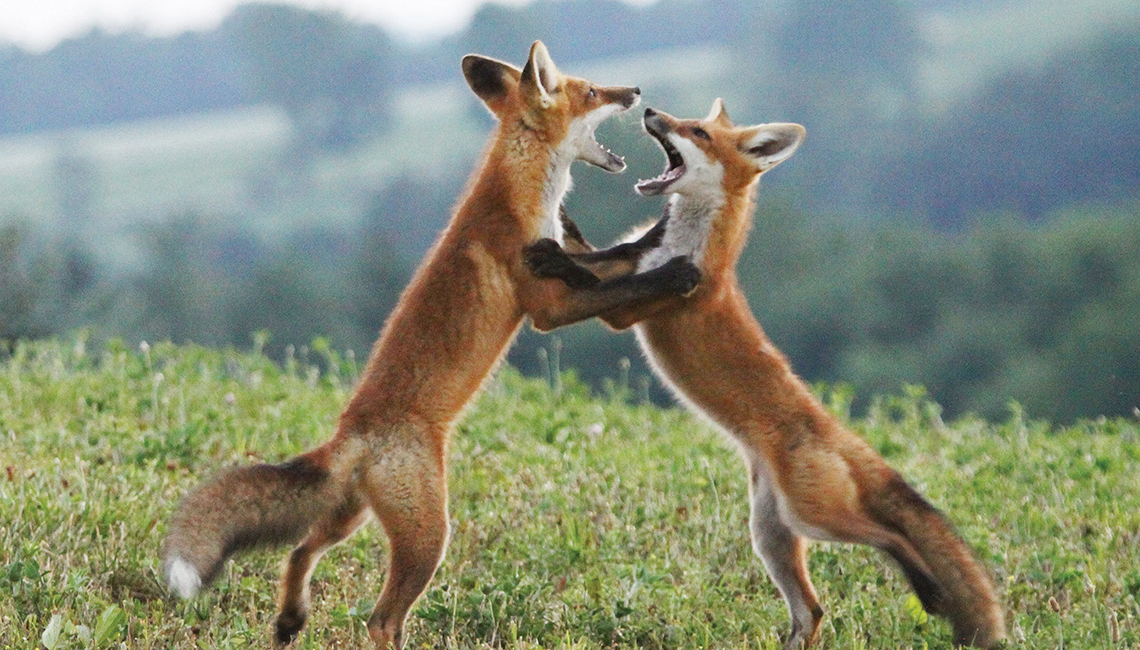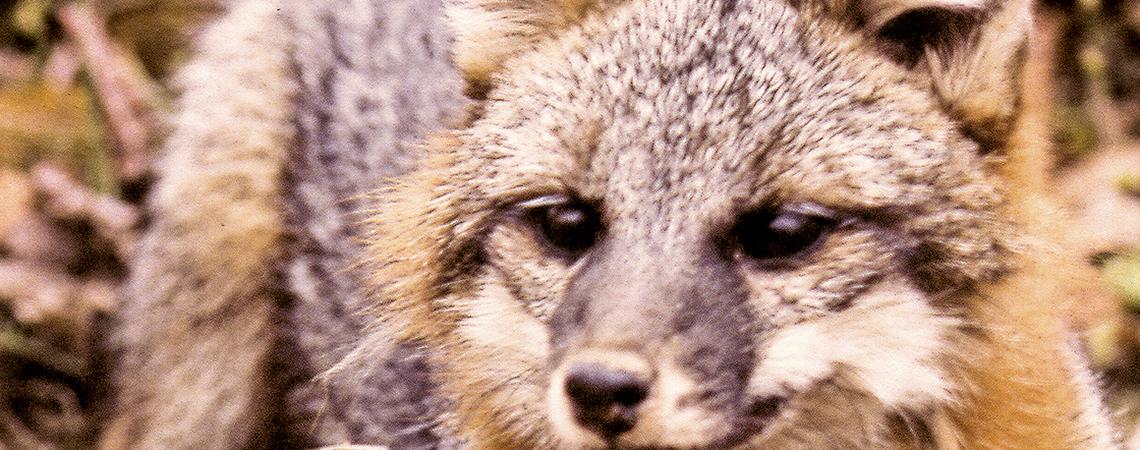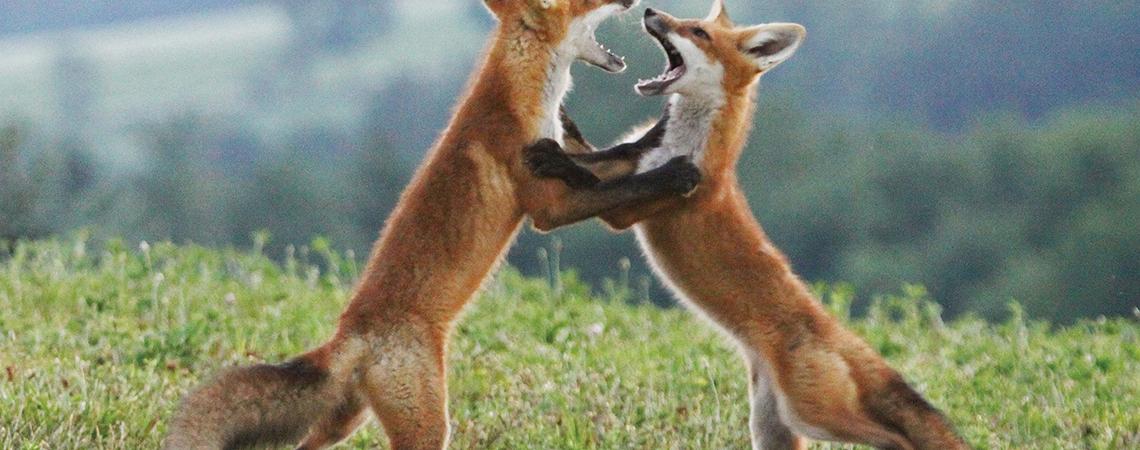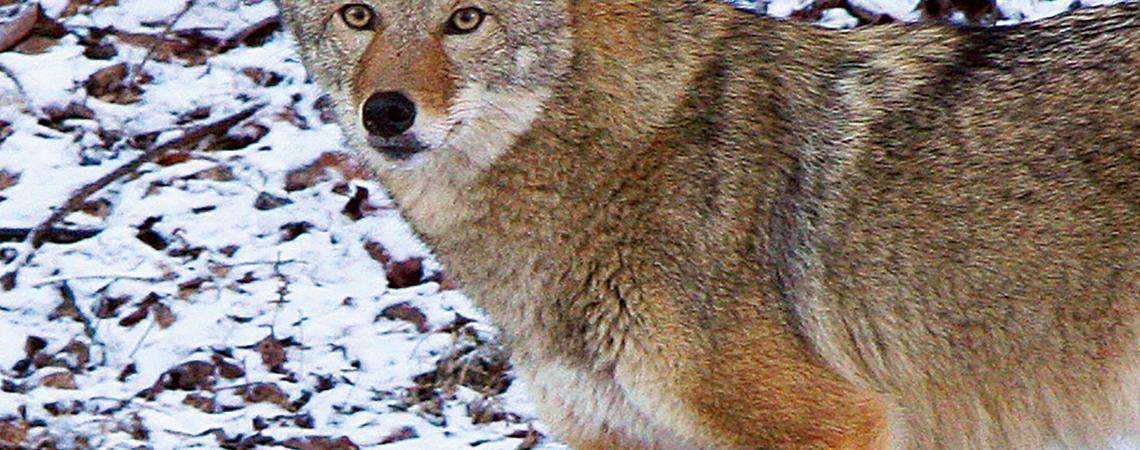When wild animals face a change in their environment, they have three options: adapt, migrate, or die. When those animals happen to be three top-tier predators attempting to occupy the same habitat, things can get dicey.
Red and gray foxes have been living alongside one another in what today is the Buckeye State for hundreds of years. Issues started, however, during the last half-century, when eastern coyotes arrived and quickly filled all 88 counties.
Gray foxes are behaviorally more similar to cats than to dogs and can even climb trees.
According to Katie Dennison, furbearer biologist for the Ohio Division of Wildlife, an annual survey indicates “a long-term declining trend in red fox and gray fox sightings since the survey began in 1990, which is indicative of a decline in both fox populations in Ohio. However, the trend does appear to have leveled off during the past five to seven years.” Dennison adds that the survey relies on deer-bowhunter observations, so “is biased toward describing fox population trends in rural areas.”
The severe drop in fox numbers is no doubt due, at least in part, to competition by coyotes. As a result, are foxes — especially red foxes — now denning closer to human habitation to avoid coyotes, which are more sensitive to human activity?
The evidence, thus far, is mainly anecdotal, but Dennison knows of at least one recent scientific study in the Buckeye State, conducted on Cleveland Metroparks properties, that has looked at the possibility. “There has been some research in Ohio that has looked into habitat partitioning between red fox and coyote, and it does indeed find support for red fox possibly finding ‘refuge’ from coyotes by using more highly developed areas.”
I have had red foxes denning near my rural home in north-central Ohio for the past several years and know other people who have, as well. My fox family maintains multiple den sites within sight of my house — three that I know of — which my wife and I keep tabs on with binoculars and a trail camera.
The dens are spaced about 200 yards apart and are a similar distance from the house. The mother fox, known as a vixen, occasionally moves her young from den to den, which is not unusual for red foxes. Her mate, known as the dog fox, helps by bringing food to the den for the female and kits.
As they grow, the young foxes are a hoot to watch. Doing what puppies everywhere do, they spend their days chasing, pouncing, and wrestling with one another — developing muscles and hunting skills they’ll need when they eventually leave the den to strike out on their own. By the way, if you’ve never heard a fox bark, it’s worth doing an online search to hear. A loud, otherworldly sound, it literally makes the hair on the back of your neck stand up, especially when emanating from dark woods at night. It’s as if space aliens, Bigfoot, or both have finally found you and are closing in.
Before the arrival of coyotes in Ohio, how did red and gray foxes coexist in the same areas? Behaviorally, gray foxes are more catlike — they can even climb trees for a few feet — whereas red foxes are more doglike. As a result, the two fox species can occupy the same general habitat but primarily use different parts of it, known as niches.
For instance, gray foxes prefer mainly dense, brushy areas, while red foxes prefer more open, developed country. Coyotes, on the other hand, will use either habitat — and that, as they say, is the rub. Being nearly twice the size and weight of both fox species, coyotes have essentially become the “big bullies” in the neighborhood, and they are not looking to leave town anytime soon.
While nature may seem serene to us as humans, it is anything but — and constantly changing. In reality, life in the wild is a daily struggle for animals to defend territory, find food, and raise young. In short: adapt, migrate, or die.












